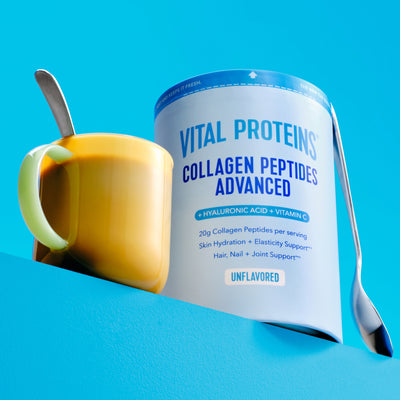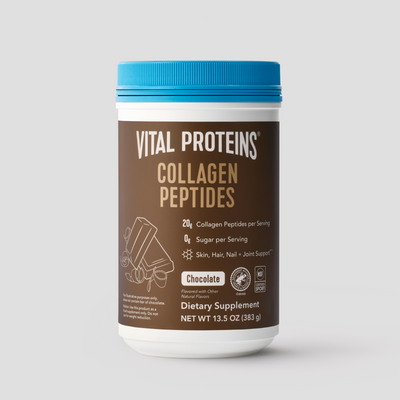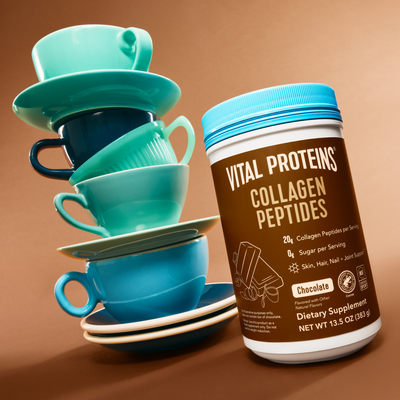Now that the holiday season is here, many of us have entertaining on the mind. And when it comes to planning a feast, nothing tops it off quite like a decadent dessert. Whether you’re hosting, or perhaps thinking about what to bring as a guest, the classic homemade pie is sure to please. If you’re looking to nail that flaky, golden crust, or perhaps on the hunt for what flavor to bake as a beginner, we’ve got you covered. Keep reading and you’ll be on your way to pie perfection in no time!

What’s the trick to achieving that perfectly flaky pie crust?
Baking a pie from scratch can be tricky and one of the most disappointing mishaps is a crust that turns out burnt and crumbly. To avoid this, Jessica Segarra of The Novice Chef tells Lively that using ice cold water and adding a tiny bit of vodka can help create a wonderfully flaky pie crust.Eric Crowley, chef and founder of Chef Eric’s Culinary Classroom, adds that his great-grandmother from Topeka always put a pinch of baking powder into her crust to help make it flaky. “She swears it’s the secret to her delicious pies,” he says.
One tried and true method to avoid a burnt crust is to wrap the edges with foil before popping it into the oven. Still burning? Crowley says that there’s a good chance that your oven simply is at too high of a temp and may need to be calibrated.
Any tips when opting for a double pie crust or trying for more intricate detail like lattice?
If you are indeed up for a challenge and want to try a double crust, or perhaps that beautiful lattice design, we have some words of wisdom. For a double crust, Crowley says to remember to keep your dough cold because it can become very difficult to work with if it gets too warm (pop it in the freezer for a few minutes if you notice this is happening). You’ll also want to be sure to cut ‘vents’ into the top to allow moisture from the filling to escape.
When it comes to the intricate detail of the lattice crust, Crowley notes that first and foremost lots of practice is key. “My favorite lattice pie crust is my mom’s cherry pie that she would bake on special occasions, and in order to achieve that crust, she’d practice practice, practice,” he says. “Too many people give up if they can’t do it perfectly right away and baking is a practical art.” While the lattice weaving may appear intimidating, it’s not actually as hard as it looks, but again, practice and patience is essential. There’s a bit of a folding/unfolding technique to get the basketweave design— here is a good step-by-step guide.

What’s the easiest or most foolproof pie a beginner can whip up?
If you’re determined to make a tasty homemade pie, but don’t have much experience, no need to worry (or make your life too hard). Segarra highlights that pecan makes for a great starter pie. “This one is an easy pie to make, with no speciality custards needed,” she explains. “And no one will notice if you accidentally brown it a little too much since it’s already brown to start with.” Another option? Crowley points us to the classic pumpkin pie. “Just line the pie shell with your dough, make your filling and pour it into the pie shell and bake,” he says, adding that he likes to bake his pies on a cookie sheet and rotate halfway through for even baking as ovens typically don't heat evenly. He also notes that pumpkin pie is usually served at room temp with whipped cream.
Any suggestions for feeding a crowd?
If you’re expecting lots of guests, Segarra says you can freeze pies ahead of time, but be sure to move them to the fridge 24 hours before you plan to serve them. “The pies will thaw in the fridge and be easier to reheat,” she says, highlighting that you can then plan to move the pies to the counter a few hours before serving to reach room temperature. She also points out that if you wish to serve the pies warm, you’ll want to wrap them in foil and place back in the oven at 350°F for about 10 to 15 minutes or until warmed through.
Any additional tips to keep in mind?
Finally, we have a few other tips to file away when it’s pie making time. As Crowley pointed out above, it’s important to keep your dough cold when working with it, and to make sure the fat you’re using in your dough is cold as well (usually butter cut into small pieces). This will melt in the oven and provide a deliciously crisp, flaky texture. He also advises against kneading the dough too much or else it’ll become tough. Finally, Segarra shares that adding a pinch of cinnamon to your pie crust (about ½ a teaspoon) can add great warmth. Happy baking!

















